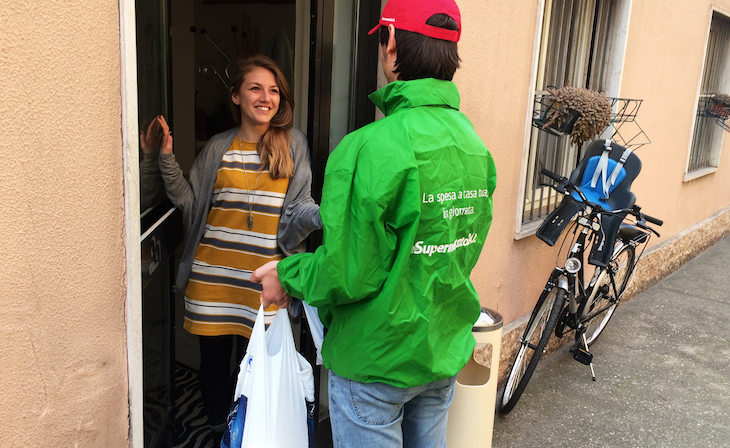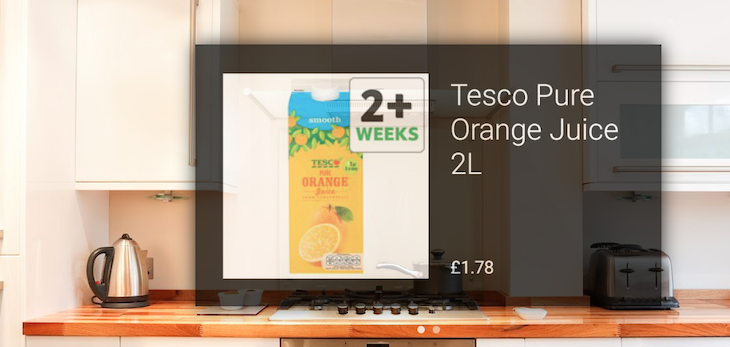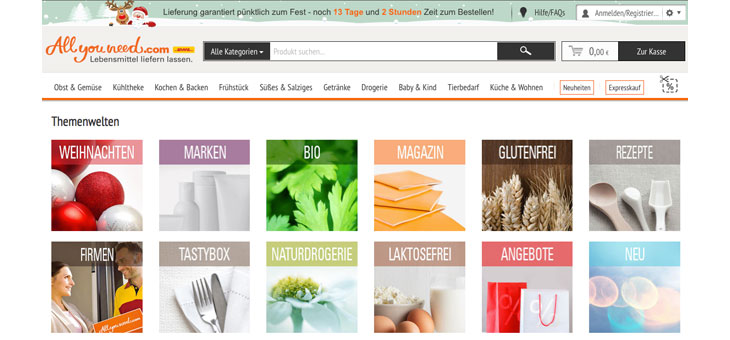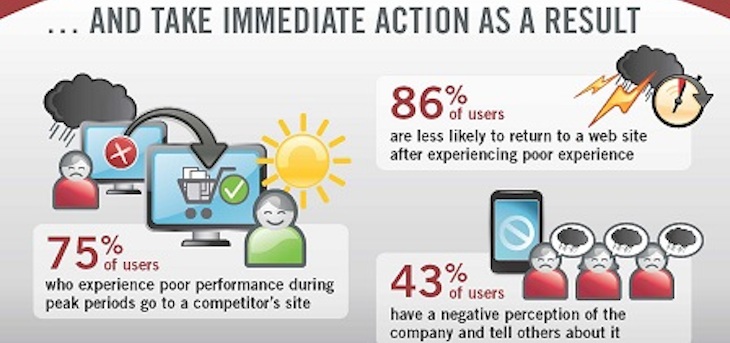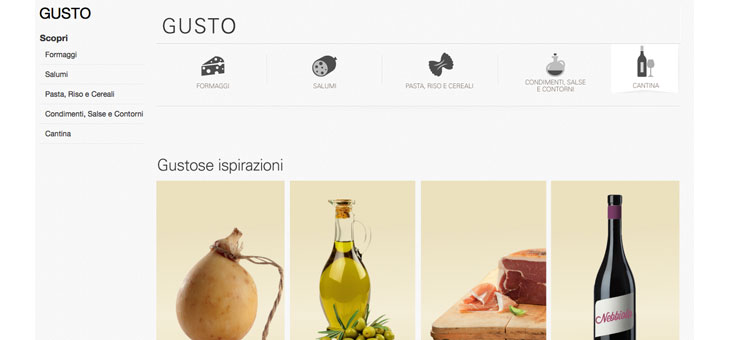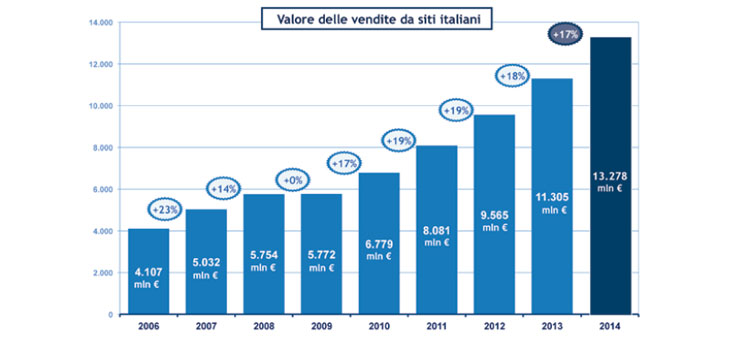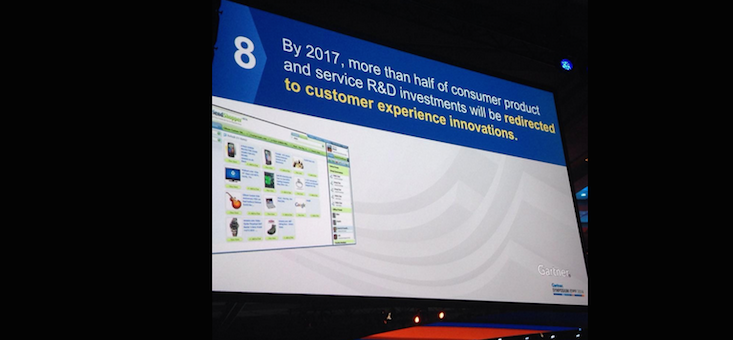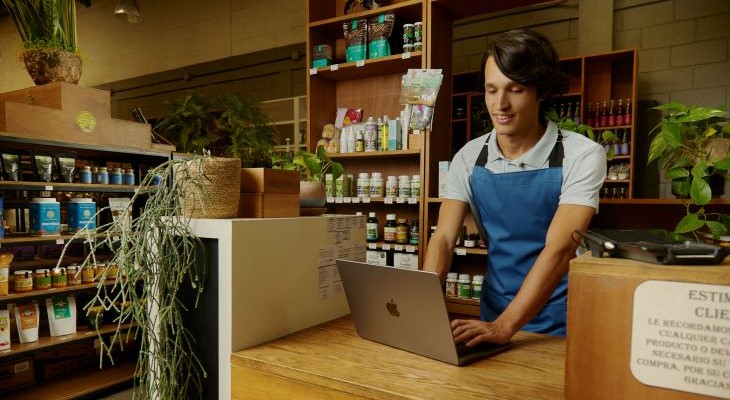Supermercato24 is a start-up from Verona founded in September 2014 that allows you to do your shopping online in a supermarket of your choice and have it delivered at home within one hour or one day. A kind of contract e-commerce, which uses 1200 delivery staff today activated in 58 Italian provinces of Central-Northern Italy (including Rome). E-commerce in the grocery sector, as we know, has never taken off in Italy. So what is the meaning of this project? We spoke to the founder and CEO, Enrico Pandian, 35 years old and with a series of on-line initiatives implemented since he was a boy to his credit.

“We started last September in Verona to see people’s reaction, then we expanded to other provinces in Veneto and Lombardy and in January we arrived in Rome. We entered a market area currently unoccupied: in Italy there is only one supermarket doing e-commerce, Esselunga, and some experimentation. Our model was the American Instacart. Our strength? Delivery in one hour”. Can you explain how it works? We are not a supermarket but a logistics network that works in crowdsourcing. The customer goes to the website (there is no app but it is optimised for tablets and smartphones) and finds all the supermarkets of at least 600 square metres within a radius of ten kilometres. He can choose from 8/15 thousand products of the chosen supermarket and delivery at home in one hour (requested by 25% of customers) or one day (requested by 9 out of 10 customers). Thanks to an algorithm, the delivery man closest to the supermarket is contacted, who takes the order, does the shopping and takes care of delivery. Today we have 1200 delivery men that will soon become 2000, small businesses but also private individuals who start with a few deliveries and then open their own business. The customer can pay cash and recently also by debit card. The average expenditure has in fact recently increased from the initial 40 euros to more than 130, a sign that customers have tried the service, trust it and buy more. In short, a kind of shopping Uber. But what do you gain? We have various types of agreements with the supermarkets, ranging from communication to sharing: each supermarket has its own approach. Our goal is to ensure the customer the best possible service. We take a percentage of the expenditure, ranging from 5 to 15%, while the delivery man gets the delivery fee that depends on the volume and the amount spent. The prices are indicative, we cannot change them in real time, but the customer can choose the supermarket he knows and so he is already aware of the price at that store. Your strength? Above all, speed. People see the fridge empty and want the shopping to cook the next meal. Even the few supermarkets that do e-commerce deliver the next day. Our delivery men have priority access to the check out, but we have the flow data of the store and so we know at what time to arrive to avoid queues. We have also seen that the provinces, which are not covered by e-commerce, are very receptive. We can deliver even in the most remote villages. And that’s not all. We are beginning to expand the offer with new types of products, such as lunch or dinner. In Verona we are testing an agreement with a fast food chain. And we are also thinking of over-the-counter drugs. It’s the customers who are telling us what they need, and our idea for the future is to deliver any type of goods, in one hour. Are not you afraid that the supermarkets will “wake up” and begin to think seriously about e-commerce? No, because they are not structured to make deliveries in one hour, so much so that many of our customers ask us to do the shopping at Esselunga. On the contrary, we have had requests from companies who want to use us to deliver their goods. How do you use the data? It is our most valuable asset because we know what kind of shopping our customers do and where they do it. In the future we will use it to make targeted and customised proposals on the website, in one month we will launch the new and completely revamped website. But we could also sell the non-aggregated data to the supermarkets, for example. What are your plans for the future? We are already working on opening in London by June and starting with the service in September, also making agreements with similar situations such as Just Eat (home deliveries for restaurants, ed) and focusing on two areas: central London and the surrounding area, which has an approach similar to that of Italy. Then we will start up in Paris, because one of our investors is asking us to do so, the French fund 360 Capital (in January, supermercato24 won 360 thousand dollars in the 360by360 competition, ed). In Italy for now we will consolidate the provinces we have. But we are studying the South, in particular Puglia where we see potential.

